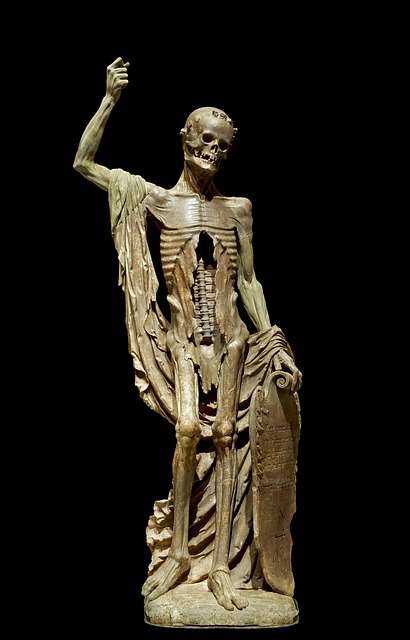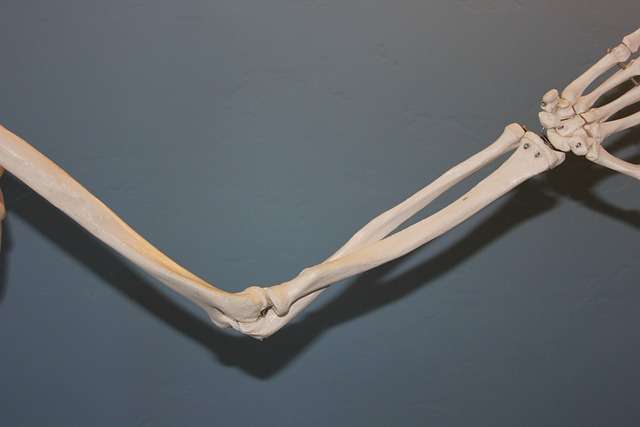Image Credit Pixabay
The human skeleton is composed of a framework of bones that provides structure, support, and protection for the body. There are 206 bones in the adult human body, and these bones can be classified into two main types: axial skeleton and appendicular skeleton.
Here is a list of the major bones in the adult human body, categorized by their location in the axial and appendicular skeletons:
Axial Skeleton:
Skull:
- Frontal bone
- Parietal bones (2)
- Temporal bones (2)
- Occipital bone
- Sphenoid bone
- Ethmoid bone
- Nasal bones (2)
- Maxilla (upper jaw)
- Zygomatic bones (2)
- Lacrimal bones (2)
- Palatine bones (2)
- Inferior nasal conchae (2)
- Vomer bone
- Mandible (lower jaw)
Vertebral Column (Spine):
- Cervical vertebrae (7)
- Thoracic vertebrae (12)
- Lumbar vertebrae (5)
- Sacrum (5 fused vertebrae)
- Coccyx (4 fused vertebrae)
Ribs:
- True ribs (7 pairs)
- False ribs (3 pairs)
- Floating ribs (2 pairs)
Sternum:
- Manubrium
- Body
- Xiphoid process
Appendicular Skeleton:
Pectoral Girdle (Shoulder):
- Clavicle (collarbone)
- Scapula (shoulder blade)
Upper Limbs:
- Humerus (upper arm)
- Radius and ulna (forearm)
- Carpals (wrist bones)
- Metacarpals (palm bones)
- Phalanges (finger bones)
Pelvic Girdle (Hip):
- Hip bones (coxal bones): Ilium, Ischium, Pubis
Lower Limbs:
- Femur (thigh bone)
- Patella (kneecap)
- Tibia and fibula (lower leg)
- Tarsals (ankle bones)
- Metatarsals (foot bones)
- Phalanges (toe bones)

The human body has a total of 206 bones, and this list covers the major bones in each region of the body. It's important to note that the number of bones can vary slightly from person to person due to individual differences, such as the presence of accessory bones or variations in the fusion of certain bones.
News, Health, Travel & Entertainment Telegram Channel Click to Join Infimor
KK
